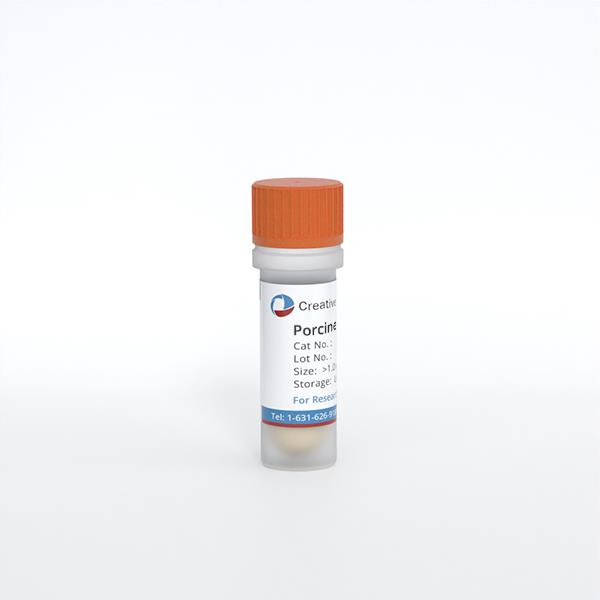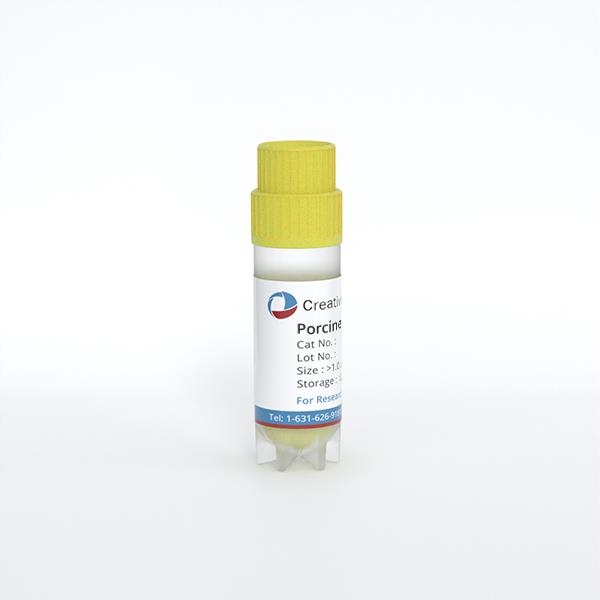ONLINE INQUIRY

Porcine Intestinal Mesenteric Vascular Endothelial Cells
Cat.No.: CSC-C8637W
Species: Pig
Source: Mesentery
Cell Type: Endothelial Cell
- Specification
- Q & A
- Customer Review
Because of the special characteristics of primary cell apposition, when the apposed primary cells are transferred to other experimental vessels after digestion (e.g. glass crawl, culture plate, confocal dish, etc.), it is necessary to coat the experimental vessels to enhance the cell apposition and avoid affecting the experiment due to the lack of cell apposition; the coating conditions are often chosen from rat tail collagen I (2-5 μg/cm2), poly-Lysine PLL (0.1 mg/ml ), gelatin (0.1%), depending on the cell type. Cells in suspension/semi-suspension do not need to be coated.
Ask a Question
Average Rating: 5.0 | 1 Scientist has reviewed this product
Excellent quality
We have chosen this product as the most affordable on the market.
12 May 2023
Ease of use
After sales services
Value for money
Write your own review


